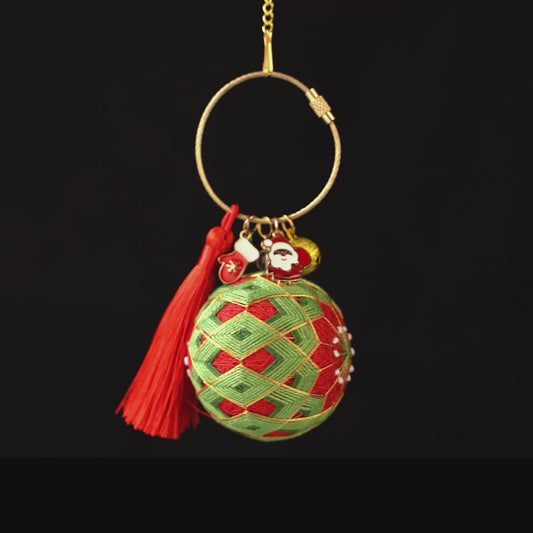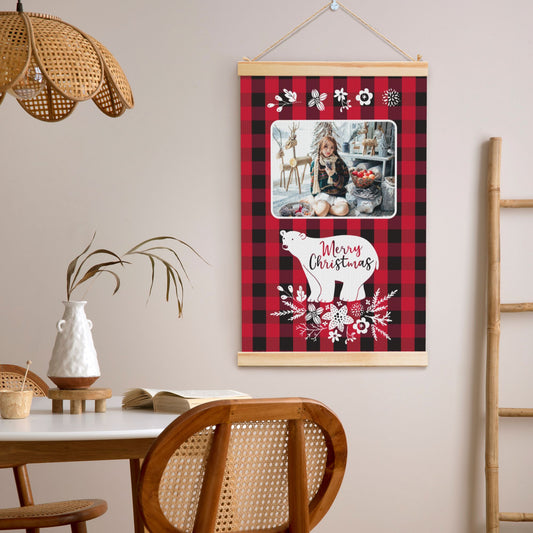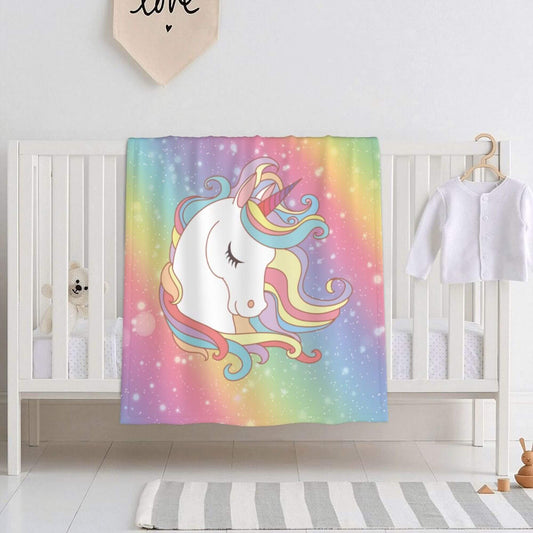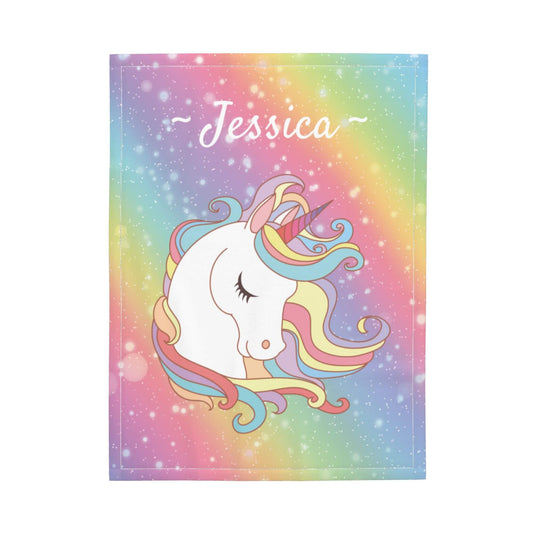8 best movies for Christmas holiday
It is said that Santa Claus lives in a distant snowy land, and he never tells anyone where his home is. Only on Christmas Day does he quietly deliver gifts to children. So, before Christmas arrives, let's stay in our warm homes and watch a few Christmas-themed movies.

Charlie and the Chocolate Factory (2005)
The mysterious large door of Willy Wonka's chocolate factory has been closed for fifteen years. Over the years, no one has seen anyone enter or exit through the door, but a rich and tempting chocolate aroma always wafts out from inside. One day, Wonka announced that he had placed five golden tickets in five chocolate bars, and whoever finds a golden ticket will have the chance to visit the chocolate factory.
I think "Charlie and the Chocolate Factory" is the perfect choice as a family movie for Christmas. For children, they see a fairy-tale-like dream chocolate kingdom, just like winning a golden ticket in the film, which brings joy; for adults, they can understand through the children's perspective how to provide the right guidance for children on their path to growth.
The choice of the five children is highly representative: the foodie liver emperor, the wealthy microtransaction big shot, the high-end player, the tech geek, and the lucky one. Their different survival backgrounds and ways of obtaining golden tickets determine that they will make different choices and reactions on this adventure journey. The film clearly tells you that excessive greed, arrogance, and vanity are the worst things in this world and will ultimately harm oneself. Having the purest kindness and childlike heart like Charlie is the most precious.
The genius Tim Burton brings Roald Dahl's work to the screen, allowing the audience to see that family is the most important school for a child. As long as the family is together, even if they live in a drafty broken house and eat cabbage with cabbage soup every day, they can still be incredibly happy.

The Shop Around the Corner (1940)
When it comes to Christmas movies, the classic film "It's a Wonderful Life" is often listed as the best viewing choice for Christmas, while another lesser-known gem starring James Stewart, "The Shop Around the Corner," is also very suitable for Christmas viewing. Directed by the famous director Ernst Lubitsch, known for his romantic comedies, this film continues Lubitsch's signature light-hearted and witty style, featuring delightful dialogue and rich, vibrant character portrayals that take the audience back to a corner shop during Christmas in the last century.
How did young people date in 1940? The online dating and office romance tropes familiar to today's audience were already uniquely constructed in "The Shop Around the Corner." The film tells the story of a man and a woman who become pen pals by a twist of fate; these two adversaries in real life, both employees of the same store who can't stand each other, become soulmates through anonymous letters. The dual relationship of the main characters is the film's biggest highlight, as their changing circumstances create many humorous situations, causing the audience's emotions to rise and fall.
In addition to the romantic storyline of the main characters, the daily ensemble scenes in the store are also outstanding, with the boss, who holds all the power, being stubborn, and the cunning, playful employees slacking off, making it incredibly relatable to everyday life while still being entertaining. When the plot takes an unexpectedly chaotic turn and the audience begins to worry about an unresolved ending, Lubitsch skillfully resolves the conflicts with a light and humorous touch, making one marvel at the highest realm of "family-friendly entertainment."

Everyone Says I Love You (1996)
The film is set against the backdrop of New York and tells the story of a family with different personalities bravely pursuing true love: the free-spirited Juna lives in a happy extended family, where her mother Steffi and stepfather Bob have maintained a close friendship with Juna's biological father, Joe Berlin, for many years; her sister Skyler and fiancé Holden are about to enter the marriage hall but have fallen for a criminal with a record; the perpetually single Joe Berlin meets a married woman while on vacation and unexpectedly chases her from Venice to Paris; in addition, there is the quirky brother Scott, the naive sister Lane, Laura, and the lovable grandfather. With Christmas approaching, will they be able to find true love?
This 1996 all-star musical film, written, directed, and starring Woody Allen, continues his consistent style with polished text, concise narration, well-timed choreography, and music design, not to mention Woody Allen's slightly rambling monologues. The film has a strong traditional Broadway feel, but the scenes of souls dancing at a funeral and a couple dancing by the Seine add a touch of lightness and warmth. In his lens, everyone in this middle-class family appears particularly lovable, while New York, Paris, and Venice in the film seem so romantic and charming, as if this is what love is all about.
Everyone says I Love You, but what exactly is love? Is it the fleeting heart flutter that is hard to come by, or the deep companionship that develops over time? Perhaps no one truly understands. Christmas is coming soon, so why not look for answers in this film!

A Christmas Carol (2009)
Ebenezer Scrooge, the male protagonist, is a thorough miser. He is selfish by nature, stingy, and often treats his employees and nephew harshly. Even the beggars on the street dare not ask him for alms. After the death of his partner, he becomes even more unrestrained. As Christmas approaches, Ebenezer, alone at home, encounters three spirits— the Spirit of Christmas Past, the Spirit of Christmas Present, and the Spirit of Christmas Yet to Come. This wonderful experience awakens another side of Ebenezer's humanity, and he suddenly realizes his mistakes and decides to change his ways.
This film is adapted from the novel of the same name written by Charles Dickens in 1843, which is one of Dickens' "Christmas Trilogy" (the other two being "The Chimes" and "The Cricket on the Hearth"), and the phrase "Merry Christmas" became popular because of this novel. The film is directed by Robert Zemeckis, known for "Forrest Gump," and its solid text, dark style, thrilling elements, and the use of motion capture technology all contribute to the film's unique richness.
Of course, it also features a highly educational theme. If you could see your past, present, and future, what kind of life would you choose? It is worth mentioning that Jim Carrey, who plays the protagonist, along with familiar faces like Gary Oldman and Colin Firth, deliver impressive performances that add to the film's appeal.
If you don't want to watch heartwarming movies like "Love Actually" anymore, this darker fairy tale is more suitable for adults and is sure to be a great choice for Christmas Eve.

Klaus (2019)
Even the smallest child knows that at the end of the year, a white-bearded old man dressed in red sets off from the far north, driving a flying sleigh pulled by reindeer to visit his home, quietly delivering gifts to be found upon waking. So, where does this well-known legend come from? Here, I am not going to talk about the St. Nicholas you may have heard of, but rather a true story that may have happened in 19th century Norway.
When it comes to Christmas, it is naturally a time for family reunions and festive decorations, but this story begins in a cold little town that seems to have stepped out of the Cthulhu mythos. The prodigal son Jasper, exiled here by his postmaster father, desperately tries to complete his delivery task, but the locals are on edge, vowing to have nothing to do with him. In a moment of despair, he reaches a consensus with the woodcutter Klaus, and out of a selfish act of kindness, they gradually weave a brand new tomorrow.
From writing letters and making wishes, to lists of naughty children, reindeer sleighs, and chimney stockings, even to the laughter of Ho-ho-ho, this work cleverly strings together various elements related to Christmas, composing an original and fantastical melody. Following the cleverly laid foreshadowing, it steadily advances multiple narrative threads, depicting the growth of Jasper and the townspeople, with a striking contrast between the past and present, naturally establishing Klaus as the image of Santa Claus.
On top of exquisite art design, the creators used hand-drawn graphics to simulate three-dimensional light and texture, giving this work a unique "2D to 3D" artistic style, with stunning visual effects. Upholding pure love and kindness, they resolve long-standing feuds, turning a bitter land into a paradise of laughter and joy, and spreading warmth to the world. This beautiful legend is one I am willing to believe in, and it is one of the best interpretations of the origin of Santa Claus.

Le Grand Méchant Renard et autres contes... (2017)
The curtain slowly opens, and the performance officially begins. The stage is a seemingly ordinary small farm, where an overly responsible little pig, a dim-witted duck, and a rabbit embark on a long journey to escort a baby delivered by a stork back home; as the scene shifts, a big bad fox and Mr. Wolf conspire to steal chickens, but are mistaken for the mother by a baby that has just hatched, forcing them to take on the responsibility of parenting; as the year-end approaches, the duck and rabbit, who accidentally "kill" Santa Claus, decide to step up and save Christmas, embarking on a hilarious adventure with the little pig.
Director Benjamin Renner of "Ernest & Celestine" brings his own illustrated book to the screen, using the premise of animals performing a play to weave together three independent stories, occasionally breaking the fourth wall. Although only the final act is directly related to Christmas, each whimsical adventure is filled with a strong festive atmosphere. In the corners of the scenes, there are also particularly interesting little details, such as watching the snail on the branch repeatedly miss the falling leaves, and how the frog janitor in the end credits steals the show with its skills; there are always moments that will make you laugh out loud.
With a watercolor style that showcases the strengths of French animation, this work uses simple lines to outline a variety of distinct characters, telling a warm bedtime story with a lively rhythm and refreshing atmosphere. No matter how chaotic the journey may be, the adventure ultimately leads to a heartwarming conclusion where everyone finds their happiness, just as the closing lines say, that is the most important thing. With a unique French humor, it portrays a silly and adorable absurdist farce, making this delightful and family-friendly fairy tale the perfect light dessert to enjoy with friends and family during festive times.

Carol (2015)
This film is adapted from Patricia Highsmith's 1952 novel "The Price of Salt," set in a cold winter. Cate Blanchett plays Carol, a mother preparing for divorce, while Rooney Mara plays Therese, a photography-loving salesgirl. The two meet in a mall before Christmas, exchanging glances in the crowd and falling in love at first sight, but they suffer due to this love, which is considered taboo in society at the time.
The film follows a familiar narrative structure known to audiences, but director Todd Haynes creates a unique aesthetic space that amplifies sensory experiences of sound, sight, and touch, making this love story subtle, restrained, and distinctive. The film is shot on film, featuring soft, vintage visuals filled with grain, and extensively uses elements like doors, windows, mirrors, and halos as foreground obstructions, acting as a barrier of time and space between the two women bound by love, as if allowing the audience to observe that era from outside the frame. The film's score is lyrical and dense, complementing the visuals and allowing the audience to experience the protagonist's delicate emotional transitions.

29歳のクリスマス (1994)
On the day of her 29th birthday, my hair was thinning, I couldn't go to Paris Fashion Week, I was transferred from the fashion department to the company's restaurant, I was dumped by a jerk, I got soaked in the rain, and I was worried about possibly being pregnant with the jerk's child, but thankfully I wasn't pregnant, and I finally felt relieved... This was supposed to be a happy birthday for Tsubasa, but it really turned out to be a terrible day. Work, love, family, friendship... those seemingly ordinary problems in life all came crashing down on Tsubasa in her 29th year.
It seems that society is quite unfair to women; men at forty are still seen as charming, while women, once they reach a certain age, if they don't resolve their marriage issues, can only be chosen. That's why I really like this drama and admire Tsubasa in it; even in 1994 Japan, she can still prove that she can be an excellent woman in a male-dominated atmosphere. When questioning her mother about why she always urges her to marry, Tsubasa's rebuttal is like a voice for countless women: "In this male-dominated society, even if the pressure leads to hair loss, no matter how hard I work, I tell myself to keep striving in the future. Please don't call my efforts unfilial." Yes, if one has the ability to support oneself, why should one place their happiness in an unreliable partner?
Tsubasa's 29th Christmas is approaching, and she is about to turn 30, but at this moment, she is no longer anxious or regretful because she has received the best Christmas gift, which is to face herself. I think many women also need such a Christmas gift.
























